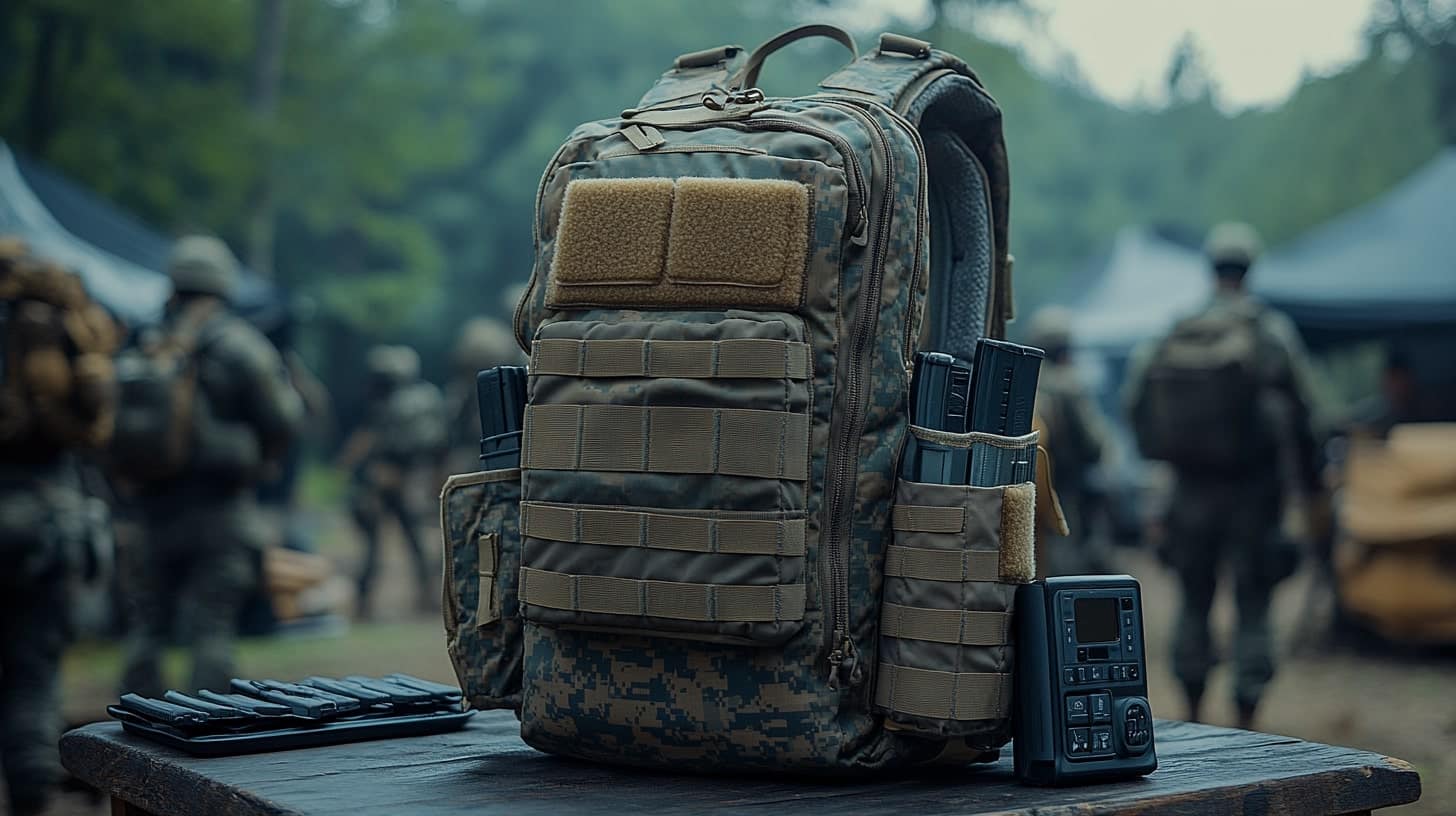Tactical loadouts, often referred to as load-bearing vests or plate carriers, are crucial for military personnel, law enforcement, and security professionals. A well-configured loadout allows for quick access to mission-critical equipment, enhances mobility, and ensures safety in high-risk environments. Whether you’re selecting a vest for combat operations, patrol duties, or specialized missions, understanding the different types of tactical gear and their configurations will help you make the right choice.
In this article, we’ll explore the key features, types of tactical vests, and how to set up your loadout for maximum efficiency.
Understanding Tactical Loadouts: Function and Purpose
A tactical loadout is more than just a vest; it is a carefully designed system that distributes weight efficiently while keeping essential gear within reach. Soldiers and law enforcement officers carry ammunition, medical supplies, communication devices, and other mission-specific tools.
A poorly designed or overloaded vest can lead to fatigue, mobility restrictions, and even health issues due to uneven weight distribution. The best loadouts balance protection, accessibility, and weight management to optimize performance.
Types of Tactical Loadouts and Vests
There are several types of tactical vests, each suited for different missions and environments.
1. Plate Carriers
Plate carriers are designed to hold ballistic plates for protection against high-caliber projectiles. They provide a balance between protection and mobility, allowing for modular customization with pouches for ammunition, radios, and medical kits.
Best for:
- Military operations
- High-risk security details
- Law enforcement SWAT teams
Key Features:
- Ballistic plate compatibility (Level III and IV protection)
- MOLLE (Modular Lightweight Load-carrying Equipment) system for customization
- Adjustable straps and quick-release buckles for comfort
2. Chest Rigs
Chest rigs are lightweight tactical setups designed for carrying magazines, grenades, and small tools without additional armor. They allow for maximum maneuverability while keeping gear organized.
Best for:
- Reconnaissance missions
- Quick-response operations
- Civilian and law enforcement applications
Key Features:
- Lightweight and breathable materials
- High-capacity magazine storage
- Can be worn over body armor for enhanced protection
3. Tactical Vests with Soft Armor
These vests combine load-bearing capabilities with built-in soft armor for ballistic and stab protection. They are commonly used in urban combat and law enforcement patrols.
Best for:
- Law enforcement officers
- High-threat civilian security
- Tactical response teams
Key Features:
- Integrated soft armor panels
- Multiple pouches for gear storage
- Comfortable and ergonomic design for long wear
4. Battle Belts and Harness Systems
For soldiers who prefer to keep their upper body free, battle belts and harnesses provide essential load-carrying capabilities without adding bulk to the torso.
Best for:
- Operators requiring high agility
- Snipers and marksmen
- Special Forces missions
Key Features:
- Even weight distribution around the waist
- Quick-access storage for sidearms, knives, and grenades
- Compatible with suspenders and body armor
Choosing the Right Tactical Loadout
Selecting the right loadout depends on mission requirements, personal preference, and expected threats. Here’s how to determine the best vest for your needs.
1. Consider Your Mission Requirements
- Combat Deployment: Plate carriers with Level IV plates for protection.
- Law Enforcement: Lightweight tactical vests with soft armor.
- Recon Operations: Chest rigs for agility and speed.
2. Prioritize Comfort and Mobility
A heavy vest may provide excellent protection but will slow you down in long missions. Look for vests with adjustable straps, breathable mesh, and even weight distribution to reduce strain.
3. Ensure Modular Compatibility
MOLLE systems allow for customization so that you can attach pistol holsters, utility pouches, medical kits, and additional magazine carriers based on mission needs.
4. Balance Protection and Weight
While ballistic plates provide the highest level of protection, they can also be heavy and reduce mobility. Consider whether mobility or maximum protection is more important for your task.
Optimizing Your Tactical Loadout for Maximum Efficiency
Once you have chosen a plate carrier or tactical vest, setting it up correctly ensures quick access to equipment during critical moments.
1. Proper Weight Distribution
- Keep heavier items centered on your torso to avoid imbalance.
- Store frequently used gear within easy reach of your dominant hand.
- Ensure the vest is snug but not restrictive to allow full mobility.
2. Organizing Gear for Quick Access
- Front Pouches: Magazines, radio, and medical kits.
- Side Pouches: Secondary weapon holsters, grenades, or multi-tools.
- Back Panel: Hydration pack or additional storage.
3. Regular Maintenance and Upgrades
- Inspect straps and buckles for wear and tear.
- Ensure ballistic plates are not expired or compromised.
- Adjust the fit periodically to maintain comfort and efficiency.
Conclusion
Choosing the best tactical loadout requires careful consideration of mission demands, comfort, protection levels, and modularity. Whether you’re a military operator, law enforcement officer, or security professional, investing in the right vest or plate carrier will enhance your effectiveness and safety in the field.By selecting high-quality, well-fitted gear and organizing it for quick access, you’ll improve your readiness and overall tactical performance. The right loadout doesn’t just carry gear—it ensures that every piece of equipment is in the right place at the right time.
